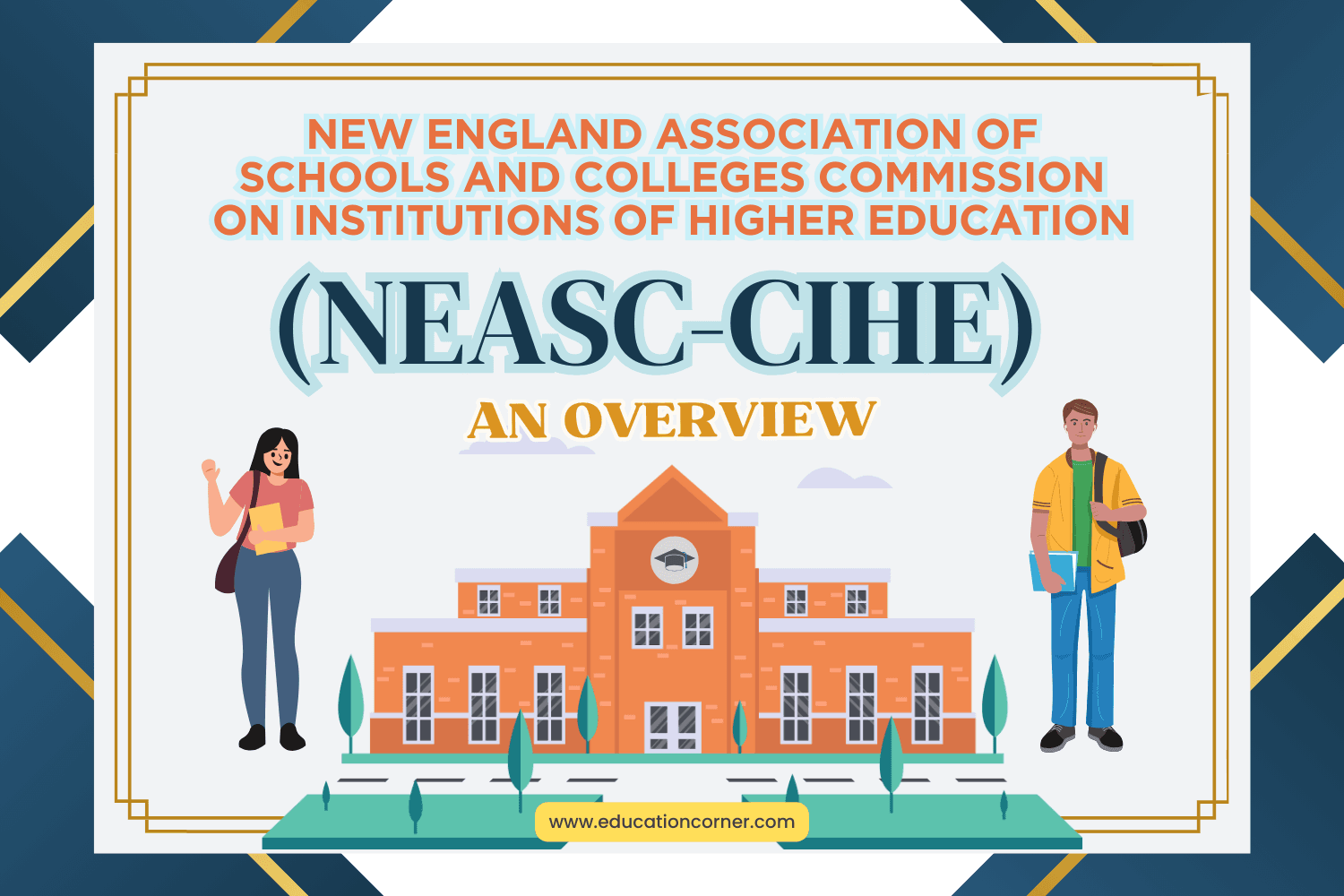The New England Association of Schools and Colleges (NEASC) evaluates and accredits all levels of educational institutions within the New England region of the United States.
This region includes Connecticut, Maine, Massachusetts, New Hampshire, Rhode Island, and Vermont. The NEASC is one of six regional accrediting agencies which are recognized by the US Department of Education (DOE) and Council for Higher Education Accreditation (CHEA).
In fact, it was the first such agency established in the United States, originating back in 1885. Although its main focus is the accreditation and evaluation of schools within the New England region of the US, it works to accredit schools in other countries as well.
The purpose of the NEASC is to hold education institutions accountable to certain universal standards of quality, despite the institutions’ individual variances in terms of missions, population, or culture.
In order to become accredited, an institution must comply with the NEASC’s quality standards. The NEASC investigates the integrity of the institution’s public claims (advertisements, promotions, etc.) regarding the programs available, and ensures that the school is committed to improving continually. The NEASC also makes sure that the institution’s resources are adequate to implement its programs.
The NEASC evaluates and accredits institutions as a whole. It does not evaluate specific programs, and it can not guarantee that an individual student’s experience will be a good one. Also, it does not attempt to compare accredited schools, nor does it offer any system of ranking for schools.
There are over 2000 universities, colleges, and schools (public and private) which have been accredited by the NEASC, including more than 250 degree-granting institutions, and almost 90 vocational schools.
A list of these schools can be found at www.neche.org/about-neche/roster-of-institutions/. This roster details not only which schools are accredited in which state, but also how long they’ve been accredited. This can be useful information, because the programs of institutions who have only become recently accredited may not be as thoroughly developed as the programs found at institutions who have been accredited for some time. The roster also reports when institutions were last reviewed, when their next review will be, and which programs they are accredited to offer.
The Commission on Institutions of Higher Education (CIHE)is the division within the New England Association of Schools and Colleges that is directly responsible for the accreditation of higher education institutions – including community colleges and 4-year colleges and universities.
Some institutions are considered “candidates for accreditation.” This is not accreditation, but it is a positive indication of an institution’s progress toward accreditation.
See also:
– Accreditation in Higher Education
Regional Accreditors:
– Middle States Commission on Higher Education (MSCHE)
– New England Association of Schools and Colleges Commission on Institutions of Higher Education (NEASC-CIHE)
– North Central Association of Colleges and Schools The Higher Learning Commission (NCA-HLC)
– Northwest Commission on Colleges & Universities (NWCCU)
– Western Association of Schools and Colleges (WASC)
– Southern Association of Colleges and Schools (SACS) Commission on Colleges
National Accreditors
– Distance Education and Training Council (DETC)
– Accrediting Council for Independent Colleges and Schools (ACICS)
– Accrediting Commission of Career Schools and Colleges (ACCSC)
– Accrediting Council for Continuing Education and Training (ACCET)
– Council on Occupational Education (COE)

